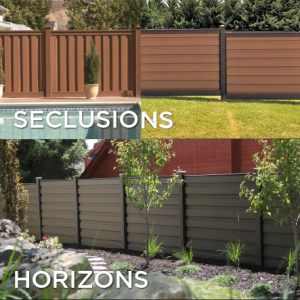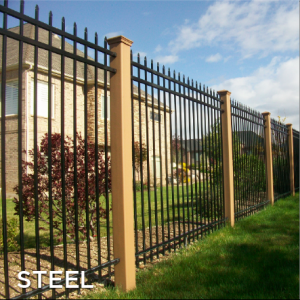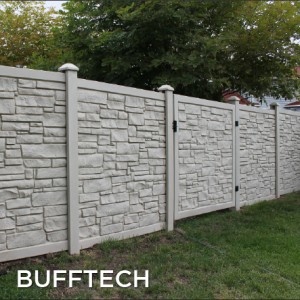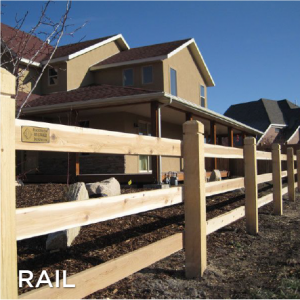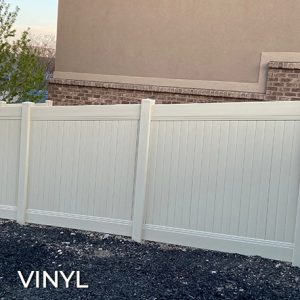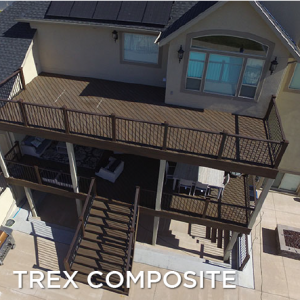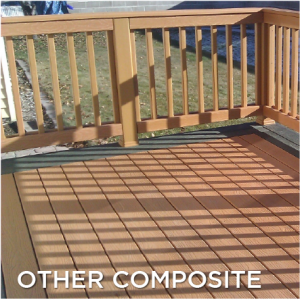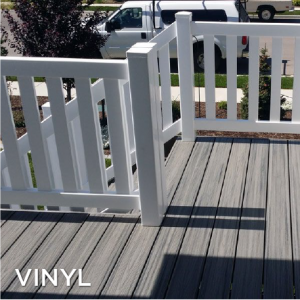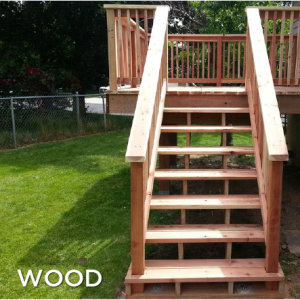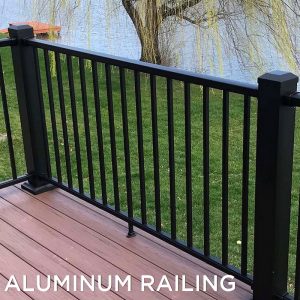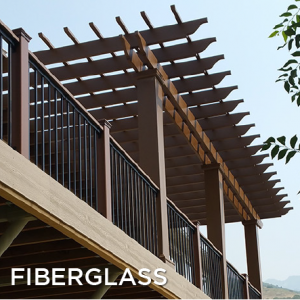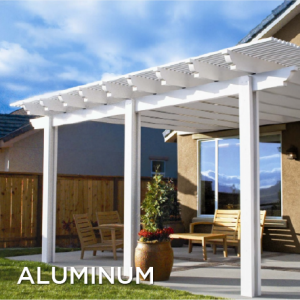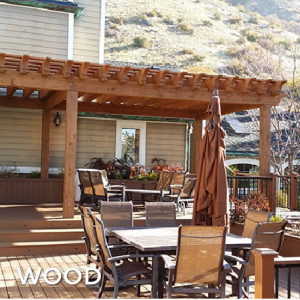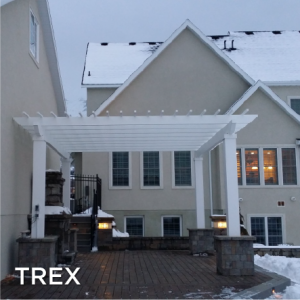Highland Cedar Fence Materials and Installation
Highland Cedar is a popular choice for fencing due to its natural beauty and durability. This article will provide a comprehensive guide to understanding Highland Cedar and the essential materials and steps required for a successful fence installation. Additionally, we will discuss the maintenance and care needed to keep your Highland Cedar fence looking its best, as well as cost considerations to help you budget for your project.
Understanding the Highland Cedar
The Highland Cedar is a magnificent species that has captured the attention of nature enthusiasts and woodworking enthusiasts alike. With its remarkable resistance to decay and insect damage, this majestic tree stands tall and proud, defying the test of time. Its strength and durability make it the perfect choice for a variety of outdoor applications, particularly fencing.
One cannot help but be captivated by the natural beauty of the Highland Cedar. Its reddish-brown color, reminiscent of a fiery sunset, adds a touch of warmth and elegance to any landscape. As if that weren’t enough, the unique grain patterns that adorn its surface create a mesmerizing visual feast for the eyes.
But the allure of the Highland Cedar doesn’t stop there. As you approach this magnificent tree, a gentle breeze carries a delightful aroma that fills the air. The scent, reminiscent of a forest after a summer rain, is a testament to the tree’s natural oils and resins, which not only enhance its appeal but also contribute to its exceptional resistance to decay.
Characteristics of Highland Cedar
Let’s delve deeper into the characteristics that make the Highland Cedar a true marvel of nature. Its resistance to decay and insect damage is not just a mere claim; it is backed by scientific evidence. The secret lies in the tree’s natural defense mechanisms, which include the production of chemical compounds that repel insects and inhibit the growth of decay-causing organisms.
Furthermore, the durability of the Highland Cedar is unparalleled. Its dense wood fibers provide exceptional strength, ensuring that it can withstand the harshest of weather conditions. Whether it’s scorching heat, torrential rain, or biting cold, this resilient tree stands tall, unfazed by the elements.
When it comes to fencing, the Highland Cedar reigns supreme. Its natural resistance to decay and insects means that you can bid farewell to constant maintenance and costly repairs. Unlike other types of wood that may succumb to the relentless attacks of termites or the relentless march of time, the Highland Cedar remains steadfast, preserving its beauty and functionality for years to come.
Moreover, working with Highland Cedar is a delight for craftsmen and DIY enthusiasts alike. Its lightweight nature and excellent workability make it a breeze to handle during the installation process. Whether you’re a seasoned professional or a novice embarking on your first woodworking project, the Highland Cedar will be your trusted companion, making the journey smooth and enjoyable.
Benefits of Using Highland Cedar for Fencing
Now that we’ve explored the remarkable characteristics of the Highland Cedar, let’s delve into the numerous benefits of using this exceptional wood for your fencing needs.
First and foremost, by choosing Highland Cedar, you’re making an eco-friendly choice. This magnificent tree is a renewable resource, meaning that it can be harvested sustainably without causing harm to the environment. By opting for Highland Cedar, you’re actively contributing to the preservation of our precious forests and the overall sustainability of our planet.
Furthermore, the natural resistance of Highland Cedar to decay and insects translates into significant advantages for you as a homeowner. With this wood as your fencing material, you can bid farewell to the constant worry of rotting boards or the invasion of termites. Your fence will stand strong and proud, requiring minimal maintenance and saving you valuable time and money in the long run.
Additionally, the aesthetic appeal of Highland Cedar cannot be overstated. Its natural reddish-brown hue and unique grain patterns create a timeless and elegant look that complements any architectural style or landscape design. Whether you’re aiming for a rustic charm or a contemporary vibe, the Highland Cedar will effortlessly elevate the visual appeal of your property.
Lastly, let’s not forget the delightful aroma that accompanies the Highland Cedar. As you relax in your backyard, the gentle breeze carries the scent of this magnificent tree, enveloping you in a sense of tranquility and connection with nature. It’s a subtle reminder of the beauty that surrounds us and the wonders of the natural world.
In conclusion, the Highland Cedar is not just a mere tree; it’s a testament to the resilience and beauty of nature. Its remarkable resistance to decay and insects, coupled with its durability and aesthetic appeal, make it the perfect choice for fencing. By choosing Highland Cedar, you’re not only investing in a functional and long-lasting fence but also contributing to the sustainability of our environment. So, why settle for anything less when you can have the extraordinary Highland Cedar?
Essential Materials for Cedar Fence Construction
Types of Cedar Wood for Fencing
When selecting the cedar wood for your fence, you have a few options to consider. Western Red Cedar is a popular choice due to its rich color and straight grain. It is also dimensionally stable, meaning it is less likely to warp or shrink over time. Another option is Eastern White Cedar, which has a lighter color and a slightly finer texture.
Additional Materials Needed for Fence Installation
In addition to the cedar wood, you will need several other materials to complete your fence installation. These include fence posts, which can be made of cedar or other materials such as steel or concrete. You will also need nails or screws to secure the fence boards, as well as post hole diggers, gravel, and concrete mix for the foundation.
Step-by-Step Guide to Cedar Fence Installation
Preparing the Ground for Installation
The first step in installing a Highland Cedar fence is to prepare the ground. This involves marking the fence line, clearing any debris or vegetation, and ensuring the ground is level. If necessary, you may need to dig post holes at regular intervals along the fence line.
Erecting the Cedar Fence
Once the ground is prepared, you can begin erecting the cedar fence. Start by positioning the fence posts in the post holes and ensuring they are level. Next, attach the fence boards to the posts using nails or screws, ensuring a consistent gap between each board for proper airflow. Finally, add a top cap to complete the fence and provide extra stability.
Maintenance and Care for Your Highland Cedar Fence
Regular Maintenance Tasks
To keep your Highland Cedar fence looking its best, regular maintenance is essential. This includes regularly inspecting the fence for any signs of damage or decay and addressing them promptly. Additionally, you should clean the fence periodically using a mild soap and water solution to remove dirt and grime.
It is also recommended to apply a protective finish to your Highland Cedar fence every few years to enhance its longevity and maintain its natural beauty. Always follow the manufacturer’s instructions when applying any finishes or treatments.
Addressing Common Cedar Fence Issues
Despite its durability, Highland Cedar fences can still face common issues such as warping, splitting, or discoloration. To address these issues, it is important to repair or replace damaged boards as soon as possible. Regularly inspect the fence for any signs of wear and take necessary actions to prevent further damage.
Cost Considerations for Highland Cedar Fencing
Estimating the Cost of Materials
The cost of materials for a Highland Cedar fence will depend on various factors, including the dimensions of your fence and the type of cedar wood you choose. On average, you can expect to spend between $10 and $25 per linear foot for Highland Cedar materials.
Understanding Installation Costs
Installation costs will vary based on the complexity of your fence design and professional labor rates in your area. It is recommended to obtain multiple quotes from reputable contractors to ensure you are getting a fair price for the installation of your Highland Cedar fence.
In conclusion, Highland Cedar is an excellent choice for fencing due to its durability, natural beauty, and resistance to decay. By understanding its characteristics, selecting the right materials, and following the step-by-step installation guide, you can create a stunning and long-lasting Highland Cedar fence for your property. Remember to prioritize regular maintenance and consider the cost factors to ensure the success of your project.
